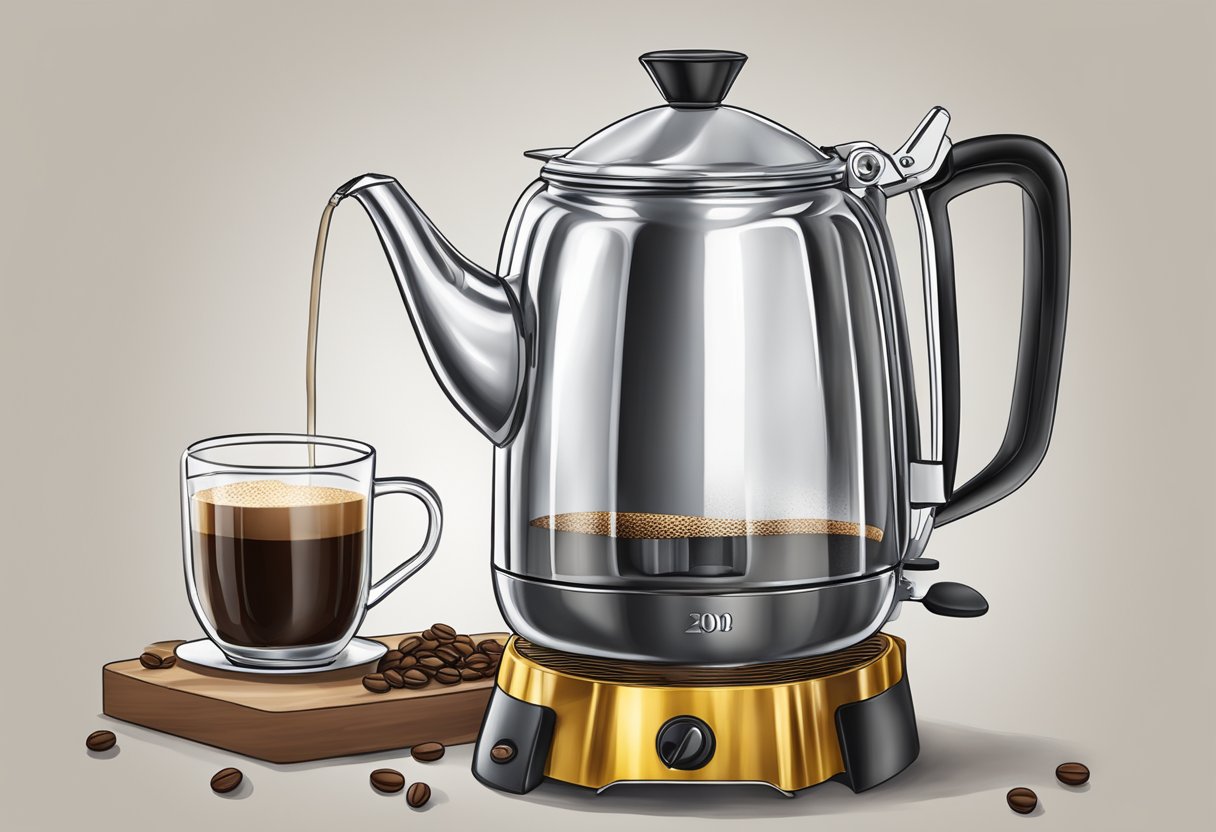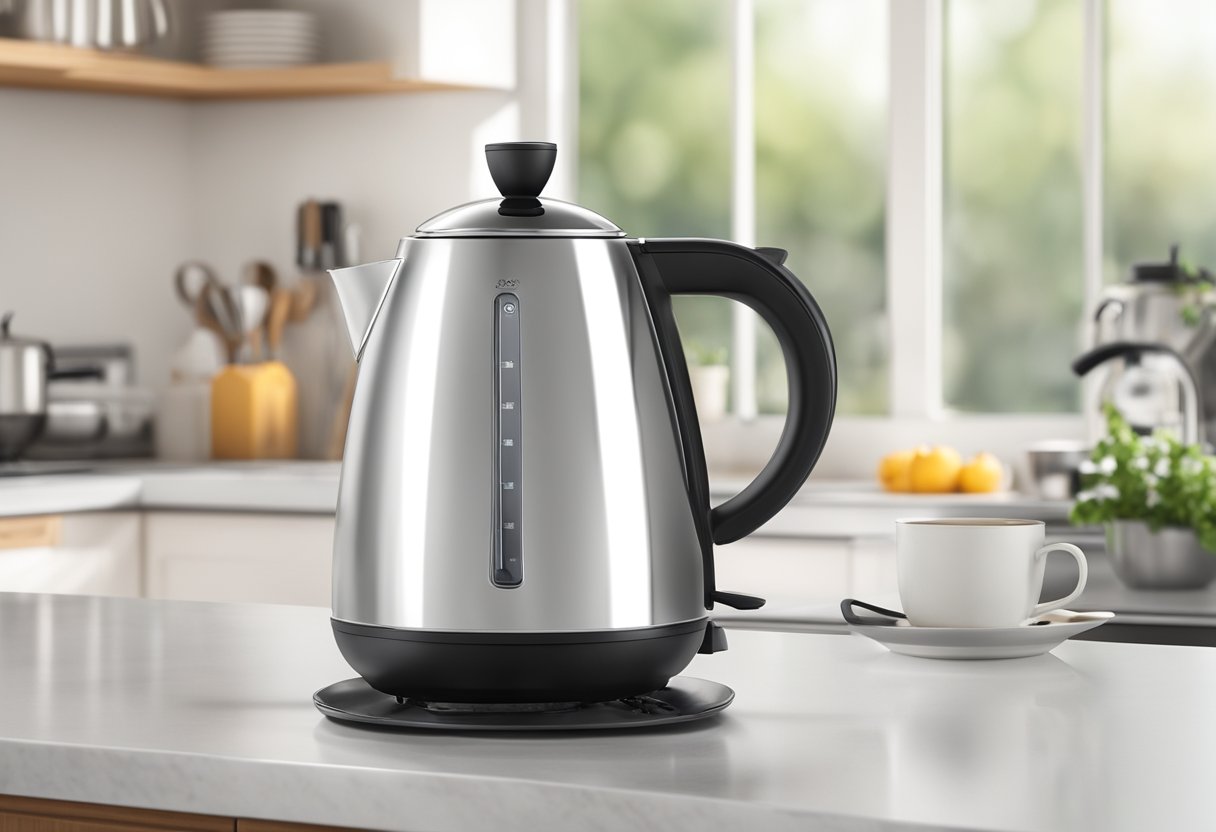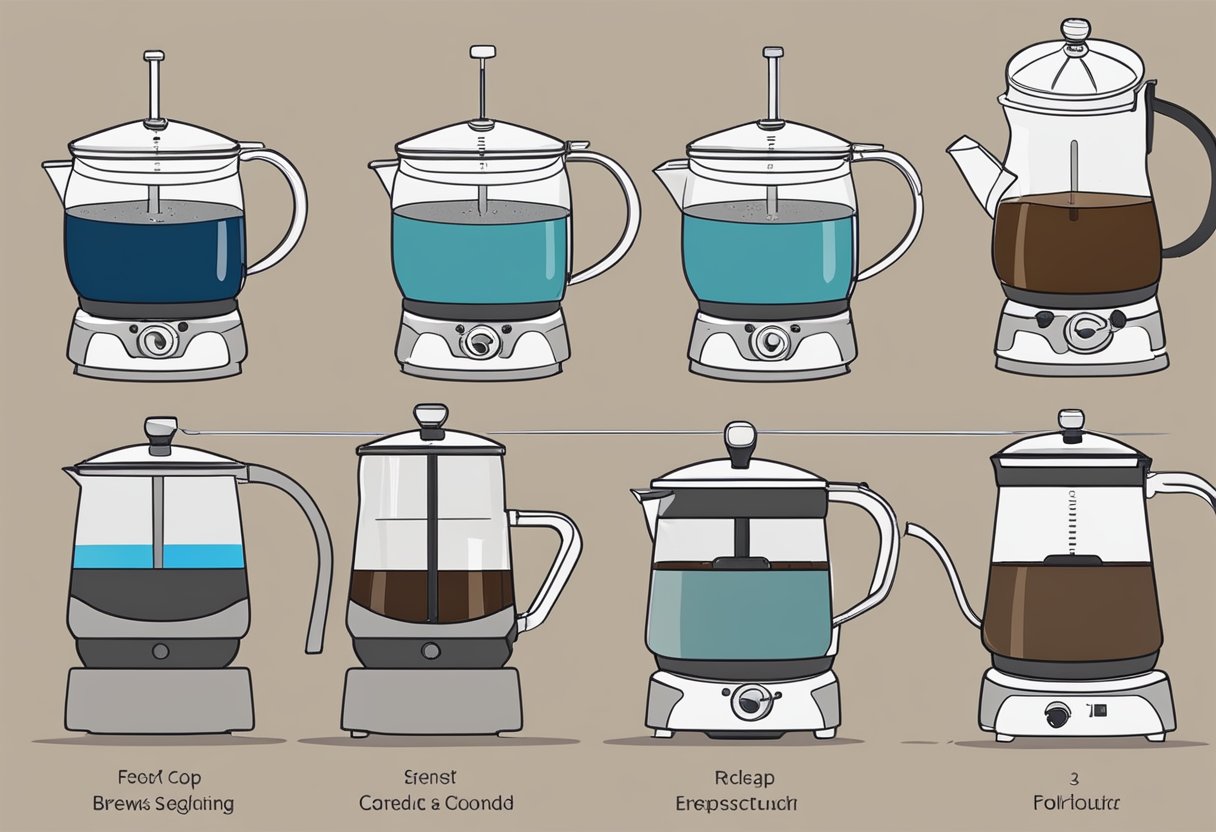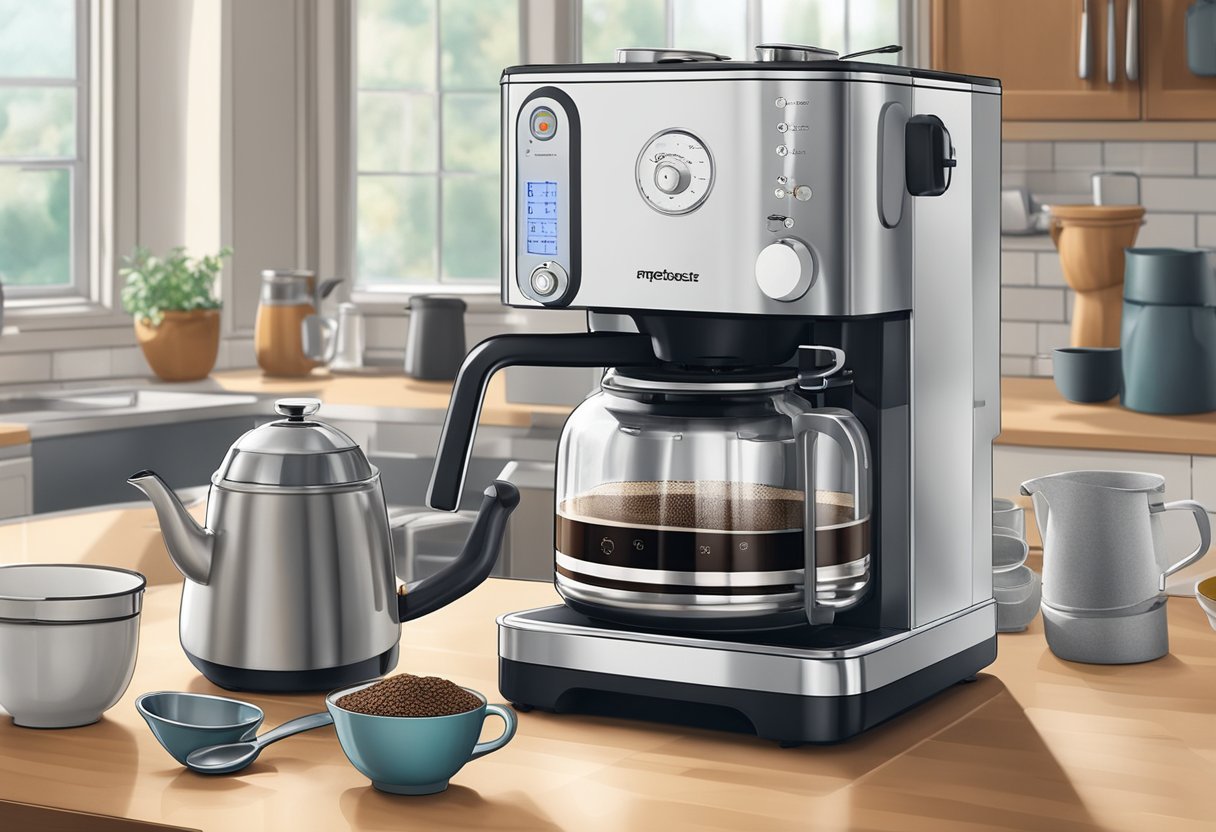1-800-982-4730
1-800-982-4730
When it comes to brewing coffee for a crowd, a 30 cup percolator can be a real lifesaver. However, figuring out how much coffee to use can be a bit of a challenge. Luckily, with a few guidelines, it's easy to brew a perfect pot of coffee every time.

The ideal amount of coffee to use in a 30 cup percolator is about 2 ½ cups of ground coffee, which is roughly half a pound. It's important to use coffee that is ground specifically for percolators to achieve the best results. Additionally, it's essential to consider the coffee-to-water ratio when brewing in a percolator. The general rule is to use one tablespoon of coarsely ground coffee per cup of water to make a strong brew.
To brew coffee in a 30 cup percolator, fill the pot with the desired amount of water, add the appropriate amount of coffee, and turn on the percolator. The percolator will heat the water and cycle it through the coffee grounds, producing a rich, flavorful brew. With these simple guidelines, brewing coffee in a 30 cup percolator can be an easy and stress-free experience.

A coffee percolator is a type of coffee urn that consists of several components, including a stem, a filter, and a coffee urn. The stem is a metal tube that runs from the bottom of the percolator to the top, and it is used to circulate the water and coffee grounds during the brewing process. The filter is a metal basket that sits on top of the stem and holds the coffee grounds. The coffee urn is the container that holds the brewed coffee.
Percolation is the process of brewing coffee by circulating hot water through the coffee grounds. In a percolator, the stem is used to circulate the hot water through the filter and over the coffee grounds. As the water circulates, it picks up the flavor and aroma of the coffee and becomes infused with the coffee oils. The infused water then drips back down into the coffee urn, where it is collected and ready to be served.
Electric percolators are a popular choice for home use, as they are easy to use and require minimal effort. High-capacity percolators are commonly used in commercial settings, such as restaurants and catering events, as they can brew large quantities of coffee quickly and efficiently.
When using a percolator, it is important to use the correct ratio of coffee to water to ensure a flavorful and satisfying brew. The ideal amount of coffee for a 30-cup percolator is approximately 2 and a half cups of ground coffee, although this may vary depending on the roast and the coffee filter being used. It is also important to clean the percolator before each use to prevent any leftover coffee grounds from affecting the flavor of the new batch.

When brewing coffee with a 30 cup percolator, it is essential to get the coffee-to-water ratio right. The Specialty Coffee Association of America (SCAA) recommends a weight-based formula of 1:17 or 18:1 for a thirty cup percolator. This formula ensures that the coffee is not too weak or too strong.
To calculate the ratio of water to coffee, you can use a kitchen scale or a coffee scale. For example, if you want to brew 30 cups of coffee, each cup can be 5 1/2 ounces in size. That means you will need a total of 165 ounces of water. To calculate the amount of coffee grounds needed, you can use the weight-based formula of 1:17 or 18:1. For example, if you choose a ratio of 1:17, you will need 9.7 ounces of coffee grounds.
The grind size of the coffee grounds is also crucial when brewing coffee with a 30 cup percolator. The grind size affects the flavor and strength of the coffee. Generally, a coarse grind is ideal for percolators.
When choosing the grind size, you can consider the type of coffee maker you are using. For a percolator, a coarse grind is recommended. Coarse grinds are larger and have a rough texture, which makes them ideal for percolators.
You can use a coffee grinder to grind the coffee beans to the desired size. Alternatively, you can purchase pre-ground coffee. However, pre-ground coffee may not be as fresh as freshly ground coffee.
In conclusion, when brewing coffee with a 30 cup percolator, it is essential to get the coffee-to-water ratio and grind size right. Using the weight-based formula of 1:17 or 18:1 and a coarse grind will help you achieve the perfect cup of coffee.

Brewing coffee in a 30-cup percolator is a straightforward process that requires a few simple steps. First, fill the percolator with cold water up to the desired level. Then, insert the coffee basket and add the desired amount of coffee grounds. For a weaker brew, use 1 tablespoon of coffee grounds per cup. For a stronger brew, use 2 tablespoons of coffee grounds per cup. If you prefer a customized brew strength, adjust the amount of coffee grounds accordingly.
Next, turn on the percolator and let it brew until the coffee is ready. The brewing time can vary depending on the percolator's model, but it usually takes around 20-30 minutes. Once the coffee is ready, turn off the percolator and serve the coffee in cups.
Customizing the brew strength is essential to achieve the perfect cup of coffee. To make a stronger coffee, use more coffee grounds, while less coffee grounds will result in a weaker brew. The amount of coffee grounds used can be adjusted according to taste preferences. For those who prefer a stronger coffee, use 2 tablespoons of coffee grounds per cup. For a milder coffee, use 1 tablespoon of coffee grounds per cup.
Additionally, the type of coffee maker used can also affect the strength of the coffee. For those who prefer a stronger coffee, a French press or a cold brew method may be more suitable. On the other hand, drip coffee makers are ideal for those who prefer a milder coffee.
In conclusion, brewing coffee in a 30-cup percolator is a simple process that can be customized according to taste preferences. By adjusting the amount of coffee grounds used and the brewing time, one can achieve a delicious cup of coffee that suits their taste.

Bitter coffee can ruin a good cup of coffee. To avoid bitter coffee, it is important to use the correct amount of coffee grounds and filtered water. Using too much coffee grounds or too little water can cause the coffee to become bitter. It is also important to avoid using old coffee grounds. Coffee grounds that have been stored for too long can become stale and bitter.
Another way to avoid bitter coffee is to use a percolator with an indicator light. The indicator light will let you know when the coffee is ready, so you can avoid over-brewing the coffee. Over-brewing can cause the coffee to become bitter.
Cleaning your percolator is important to keep it functioning properly and to prevent the buildup of mineral deposits. To clean your percolator, you can use white vinegar and cold water. Simply mix equal parts white vinegar and cold water and pour the mixture into the percolator. Turn on the percolator and let it run for a few minutes. Then, turn off the percolator and let the mixture sit in the percolator for about an hour. Finally, rinse the percolator with cold water to remove any remaining vinegar.
It is important to clean your percolator regularly to prevent the buildup of mineral deposits. Mineral deposits can clog the percolator and cause it to malfunction. Using filtered water instead of tap water can also help prevent mineral buildup.
In summary, avoiding bitter coffee and cleaning your percolator are important for maintaining a high-quality cup of coffee. By following these simple tips, you can ensure that your 30 cup percolator is functioning properly and producing delicious coffee every time.